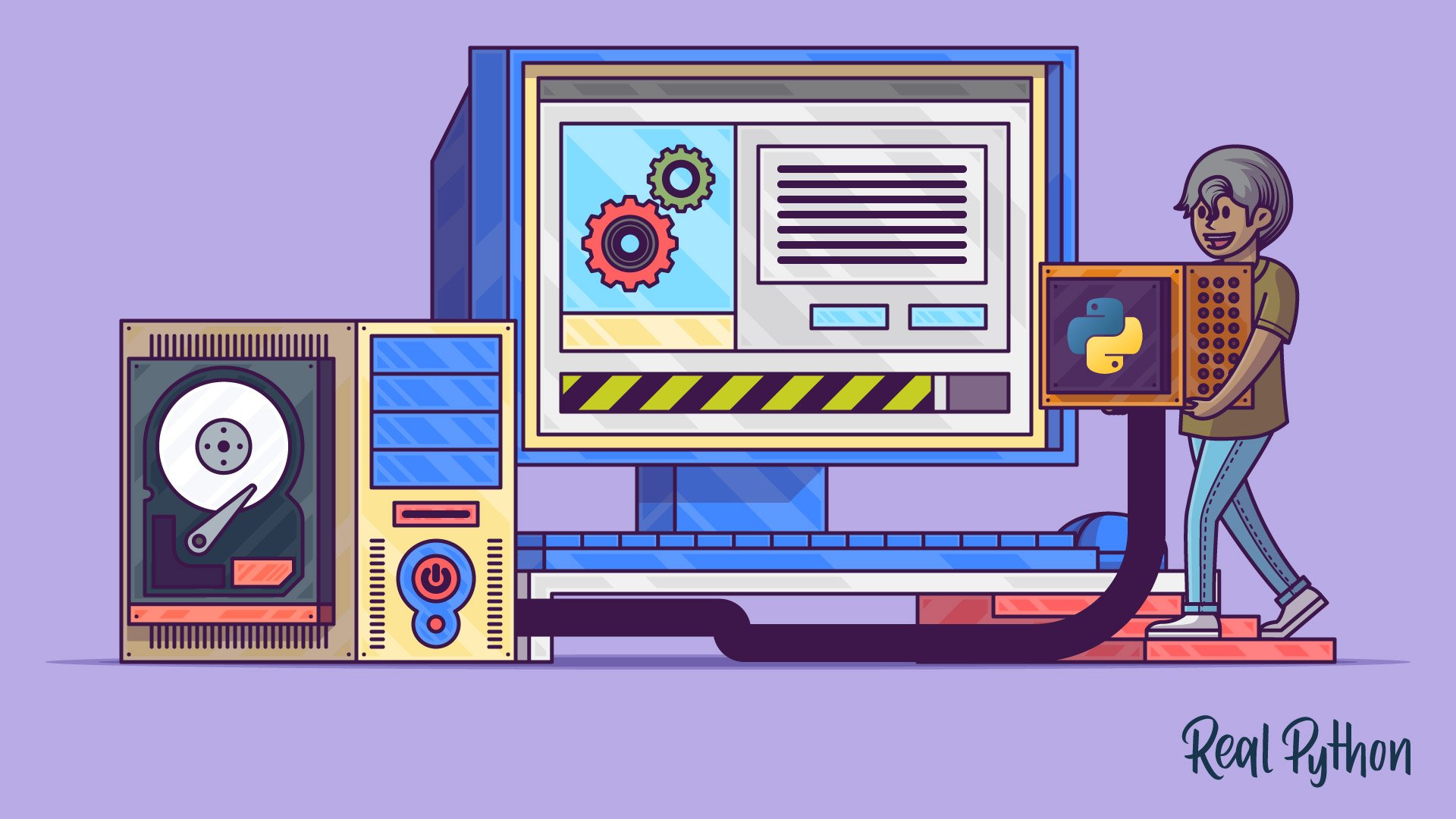To get started working with Python, you’ll need to have access to the Python interpreter. There are several common ways to accomplish this.
In this course, you will learn how to install the latest version of Python 3 on your computer.
Many operating systems, such as macOS and Linux, come with Python pre-installed. The version of Python that comes with your operating system is called your system Python.
The system Python is almost always out-of-date, and may not even be a full Python installation. It’s essential that you have the most recent version of Python so that you can follow along successfully with the examples in this book.
There are two major versions of Python available: Python 2, also known as legacy Python, and Python 3. Python 2 was released in the year 2000 and will reach its end-of-life on January 1, 2020. This course focuses on Python 3.
It is split into three sections: Windows, macOS, and Linux. Just find the section for your operating system and follow the steps to get your computer set-up.
If you have a different operating system, check out the Python 3 Installation & Setup Guide maintained on realpython.com to see if your OS is covered.
What’s Included:
- 8 Lessons
- Video Subtitles and Full Transcripts
- Accompanying Text-Based Tutorial
- Q&A With Python Experts: Ask a Question
- Certificate of Completion
Related Learning Paths:













Abraham on Nov. 19, 2021
Thanks for this Darren!